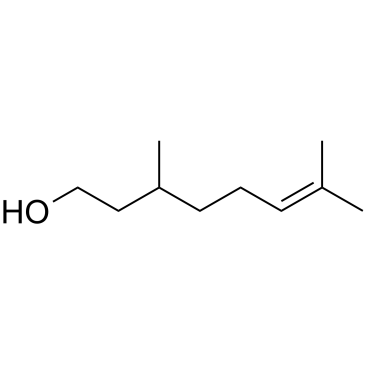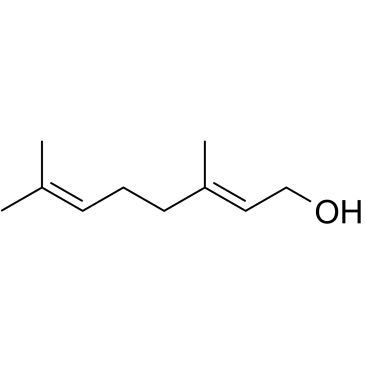| 结构式 | 名称/CAS号 | 全部文献 |
|---|---|---|
 |
香茅醇
CAS:106-22-9 |
|
 |
香叶醇; (E)-3,7-二甲基-2,6-辛二烯-1-醇
CAS:106-24-1 |
|
 |
正十九烷
CAS:629-92-5 |
|
 |
(-)-beta-香茅醇
CAS:7540-51-4 |
|
 |
橙花醇
CAS:106-25-2 |
|
 |
(+)-β-Citronellol
CAS:1117-61-9 |